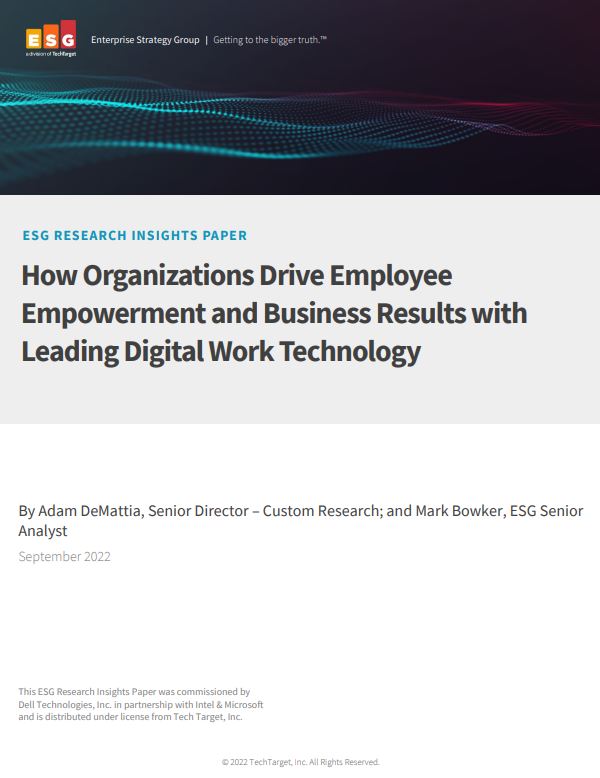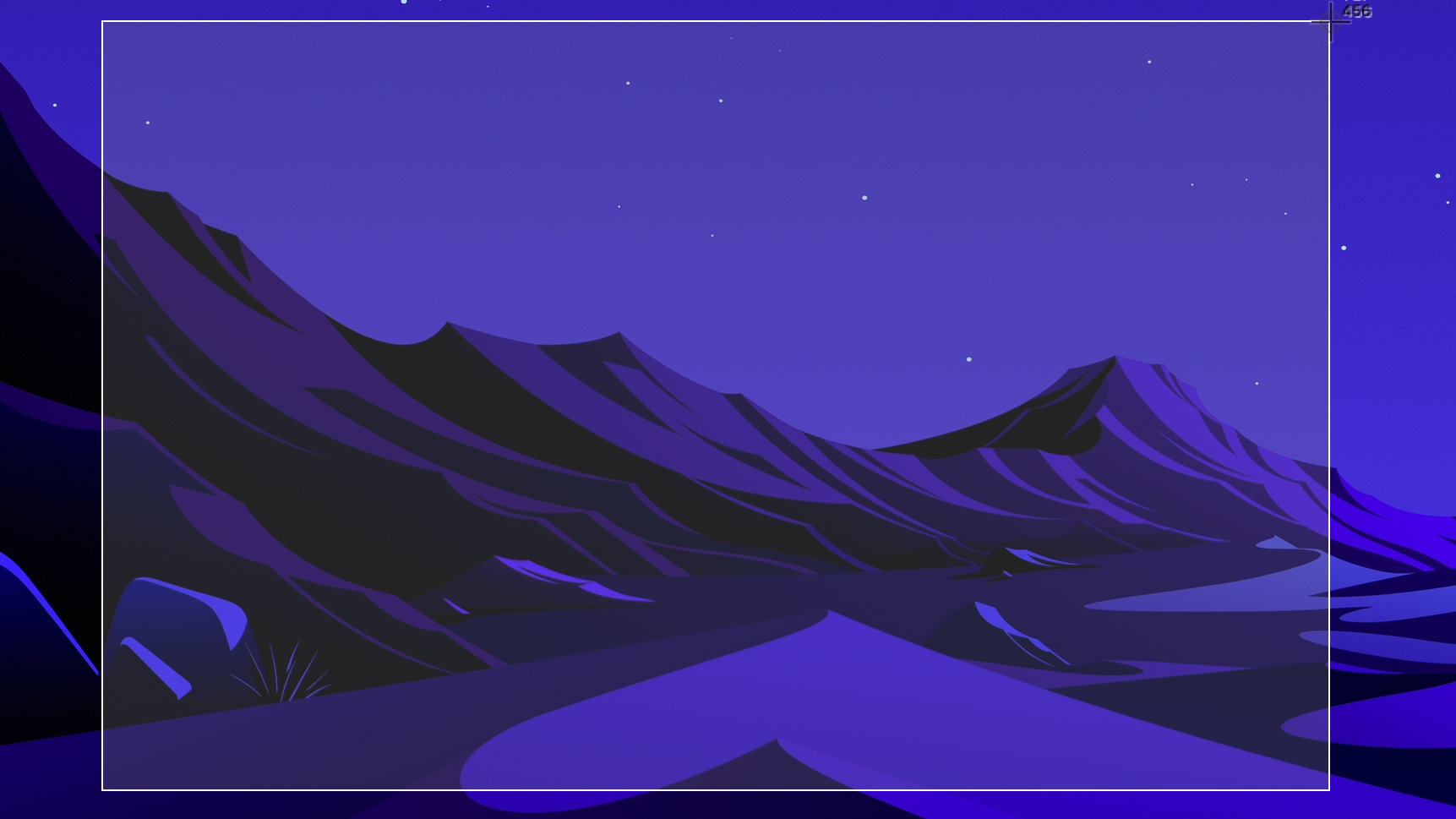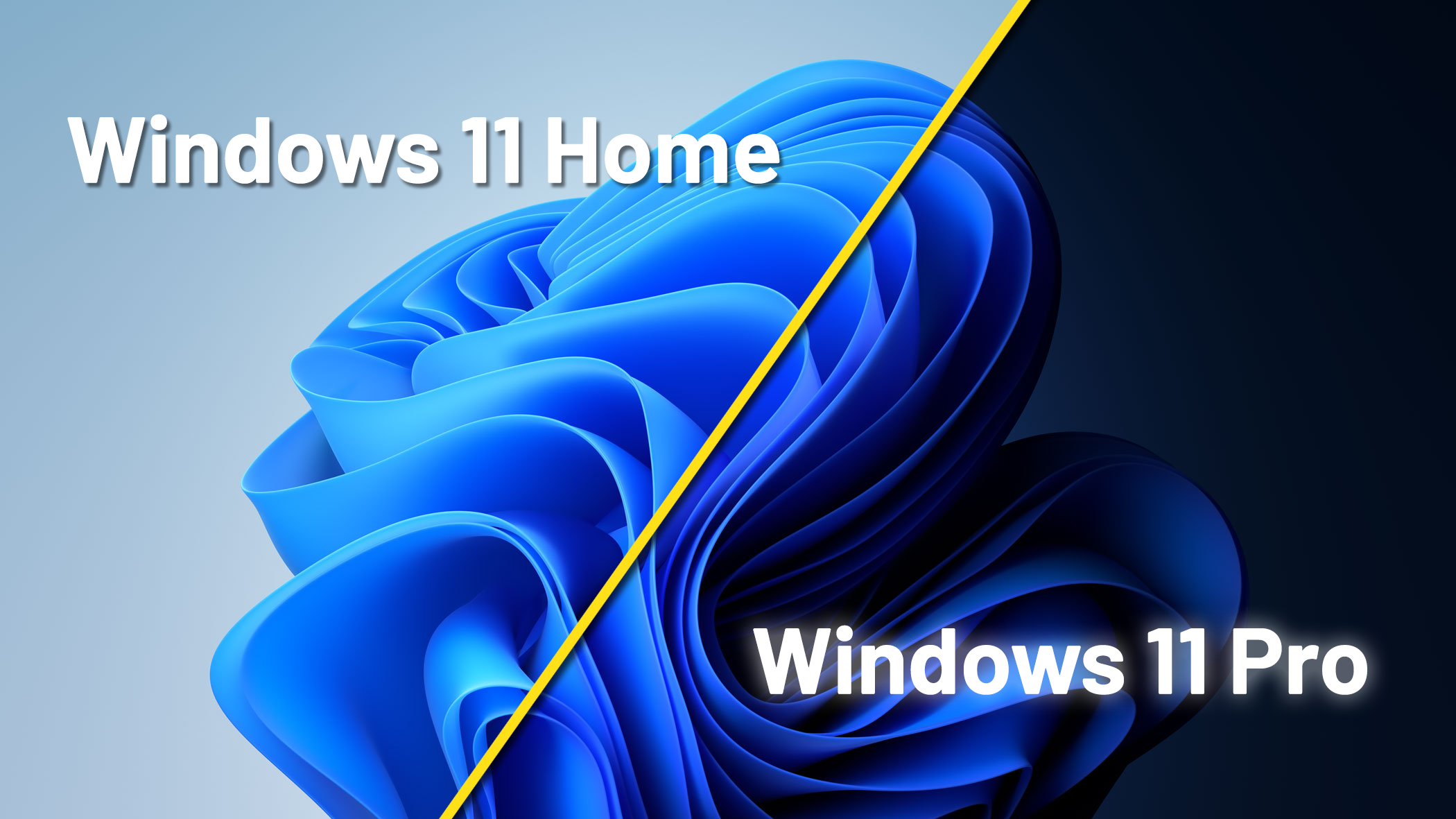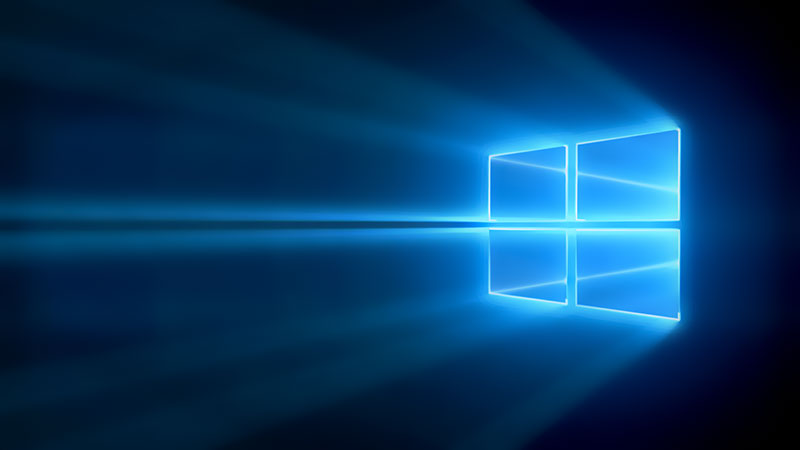Microsoft Windows is 30 today!
We look back at 30 years of the Windows operating system


Windows 10 is that latest, greatest (and possibly last) version of the venerable operating system that has graced billions of desktops and millions of servers. But how did the OS manage to help Bill Gates' dream of a computer on every desktop become reality/
Getting dirty (and quick)
Before Windows, the story starts in 1975 when two school friends, Paul Allan and Bill Gates start a firm called Micro-Soft in New Mexico. It was five years before IBM approached the firm about creating an operating system for its new line of personal computers, codenamed "Chess". Neither Gates nor Allan had written an OS, so they went out and bought an OS called QDOS (Quick and Dirty Operating System), changed the name to MS-DOS and licenced that to IBM.
It was no more than a command line interface. Users had to type in instructions to get the computer to do anything. Microsoft knew that something simpler was needed to make the computer more accessible to ordinary people. Codenamed "Interface Manager", this new style of computing would feature drop-down menus, scroll bars and icons all controlled by a mouse.
In June 1980, Gates and Allen hired Gates' former Harvard classmate Steve Ballmer to help run the company.
First contact
While Interface Manager was the codename of the new product and for some time was going to be the final name of it, Windows prevailed as it best described the squares graphically representing the applications being used.
Windows was announced in 1983, and promised to ship in April the following year, but it would be around two years later when on 20 November 1985 Windows 1.0 first went on sales. During that phase, critics described the software as "vapourware"; a product talked about but never destined to see the light of day.
Between announcing Windows and it being launched, another company by the name of Apple launched a computer sporting a graphical user interface called the Mac. But that's another story.
Sign up today and you will receive a free copy of our Future Focus 2025 report - the leading guidance on AI, cybersecurity and other IT challenges as per 700+ senior executives
Going up to 10 (and missing 9)
For Microsoft and Windows, it hasn't all been soon sailing. For every Windows XP and Windows 7, there has been a Windows ME and Windows Vista. Usually the missteps have come about because of radical design changes foisted on the public which roundly rejected them.
Over the last few years, and despite its dominance on the desktop, Windows has had competition from smartphones and tablets from Apple and Google. This has seen Microsoft losing market share and also mind share as users look to different ways of working with computers and the internet.
That combination of growing threats from rivals alongside design miscues prompted by those threats led to the decision to make Windows 10 free to users of Windows 7 and 8. Whether this will be enough to maintain Microsoft's pre-eminence in the computer world is anything but certain. Here's a brief history of Windows.
A Windows timeline
| 20 November 1985 | Windows 1.0 |
| 9 December 1987 | Windows 2.0 |
| 27 May 1988 | Windows 2.10 |
| 13 March 1989 | Windows 2.11 |
| 22 May 1990 | Windows 3.0 |
| 20 October 1991 | Windows 3.0 with Multimedia Extensions |
| 6 April 1992 | Windows 3.1 |
| 27 October 1992 | Windows for Workgroups 3.1 |
| 27 July 1993 | Windows NT 3.1 |
| 8 November 1993 | Windows for Workgroups 3.11 |
| 21 September 1994 | Windows NT 3.5 |
| 30 May 1995 | Windows NT 3.51 |
| 24 August 1995 | Windows 95 |
| 24 August 1996 | Windows NT 4.0 |
| 25 June 1998 | Windows 98 |
| 5 May 1999 | Windows 98 SE |
| 17 February 2000 | Windows 2000 |
| 14 September 2000 | Windows ME |
| 25 October 2001 | Windows XP |
| 8 November 2006 | Windows Vista for Business use |
| 30 January 2007 | Windows Vista for Home use |
| 22 October 2009 | Windows 7 |
| 26 October |
Rene Millman is a freelance writer and broadcaster who covers cybersecurity, AI, IoT, and the cloud. He also works as a contributing analyst at GigaOm and has previously worked as an analyst for Gartner covering the infrastructure market. He has made numerous television appearances to give his views and expertise on technology trends and companies that affect and shape our lives. You can follow Rene Millman on Twitter.
-
 What businesses need to know about data sovereignty
What businesses need to know about data sovereigntyWithout a firm strategy for data sovereignty, businesses put their data and reputations at risk
-
 Anthropic says MCP will stay 'open, neutral, and community-driven' after donating project to Linux Foundation
Anthropic says MCP will stay 'open, neutral, and community-driven' after donating project to Linux FoundationNews The AAIF aims to standardize agentic AI development and create an open ecosystem for developers
-
 Windows 11 tips and tricks for IT professionals
Windows 11 tips and tricks for IT professionalsIn-depth Like many systems, Windows 11 has a slate of hidden tips and tricks for users looking to ramp up productivity
-
 How organisations drive employee empowerment and business results with leading digital technology
How organisations drive employee empowerment and business results with leading digital technologyWhitepaper What you can achieve with a leading approach to digital work
-
 How to add a printer to macOS
How to add a printer to macOSTutorials Everything you need to know about connecting a printer to an Apple computer via cable, Wi-Fi or IP address
-
 How to make a printer shortcut in Windows 10
How to make a printer shortcut in Windows 10In-depth Quickly checking printer settings and the print tray just got a bit easier with these simple steps
-
 How to take a screenshot on MacOS
How to take a screenshot on MacOSTutorials We run you through the various ways to take a screenshot on MacOS, including how to capture tricky areas like the menu and touch bars
-
 How to choose APM software for your business
How to choose APM software for your businessWhitepaper A market guide to Asset Management Performance software
-
 Windows 11 Home vs Pro: What's the difference for business users?
Windows 11 Home vs Pro: What's the difference for business users?Vs A comparison of the various features and tools available across Windows 11's Home and Pro versions
-
 Windows 10 Pro vs Home vs Enterprise: Which is best for your business?
Windows 10 Pro vs Home vs Enterprise: Which is best for your business?Vs A guide to the various features available across each iteration of Microsoft's most popular operating system
